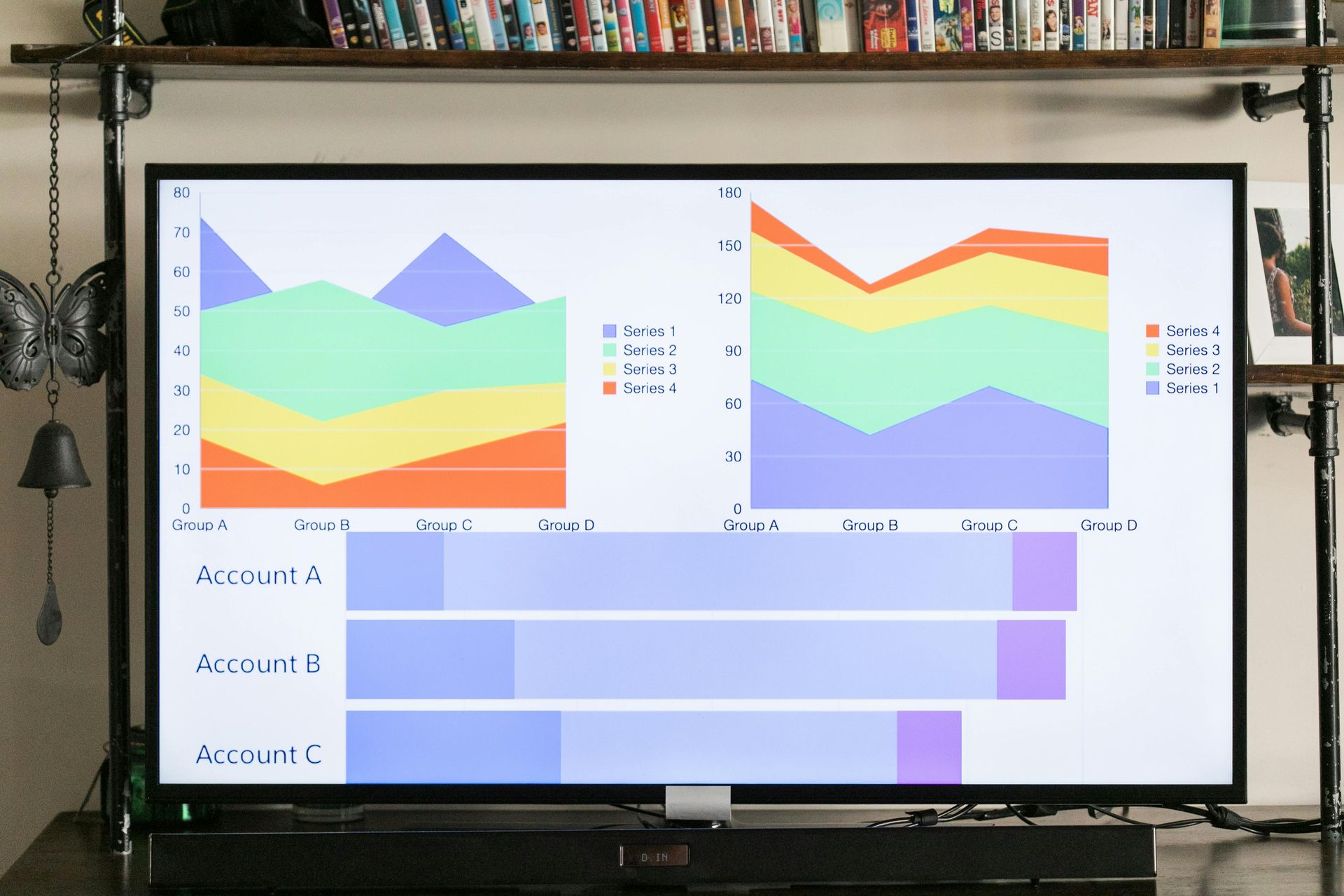How to Keep Exercising When You Have a Long-Term Injury
Exercising with a long-term injury can feel discouraging. It is one thing to rest for a few weeks and wait for something to heal. It is much harder when the injury keeps coming back or never fully goes away. Many patients in medical weight-loss programs worry that a chronic injury will stop their progress, especially if they are taking GLP-1 medications like semaglutide or tirzepatide and want to stay active to protect their muscle and metabolism. The truth is that you can exercise safely with a persistent injury. You just have to be smart and flexible about the way you move.
I know this firsthand. I have had a chronic Achilles injury for years. It isn’t something that heals with a few weeks off. It’s something I have to manage constantly. Running, which I love, always makes the pain flare up. For a long time, I kept trying to “push through,” hoping it would magically get better. But chronic injuries don’t work that way. Eventually, I accepted that running simply isn’t the right exercise for me anymore. Instead of giving up movement altogether, I shifted my routine. Now I hike, cycle, and do strength training in ways that do not irritate my Achilles. I stay active without poking at the injury every week.
This is the approach I encourage for patients with long-term pain. A chronic injury doesn’t mean you stop exercising. It means you change the style of exercise. Movement is still important for heart health, metabolism, strength, mental health, and long-term weight-loss success—especially for patients using semaglutide or tirzepatide, since keeping lean muscle is essential. But the right kind of movement matters.
The key is avoiding activities that trigger the injury and replacing them with ones that your body tolerates. For example, if running causes pain in your knees or Achilles, you can walk on softer ground, hike on gentle trails, or use a stationary bike. If high-impact workouts bother your joints, swimming, cycling, or rowing are great alternatives. If twisting movements hurt your back, focus on controlled strength exercises, core stability work, and slow, steady mobility exercises. The safest workout is the one that lets you move without increasing pain.
One of the biggest challenges is the mental part. Chronic injuries often come with frustration. It’s easy to compare your current abilities to how you used to move. I’ve felt that myself when I see runners pass by and I know I can’t join them. But accepting your body’s limits is not the same as giving up. It is an act of long-term discipline. Choosing exercises that support healing instead of aggravating the injury keeps you active for years, not just weeks.
Another important point is consistency. Chronic injuries can be unpredictable—good days, bad days, and everything in between. The goal is not perfection. The goal is staying active in ways your body can handle, even when the injury flares up temporarily. Patients who keep moving—walking, lifting light weights, cycling, stretching—tend to maintain muscle, keep their metabolism strong, and continue losing weight or maintaining weight loss on GLP-1 medications. Those who stop all exercise often feel weaker, more fatigued, and less motivated.
If you are unsure which activities are safe for your injury, that is something we can help you figure out. We can look at your medical history, pain levels, goals, and how a GLP-1 medication could fit into the plan. Medical weight loss is about building a routine you can live with—not just on your best days, but on the hard ones too.
Living with a chronic injury means learning to move differently, not stopping movement altogether. You can still exercise, stay strong, and reach your goals. The path just looks a little different, and with the right support, it can be steady and sustainable.
Click here if you want to get started today!
This post is not medical advice. Please consult a doctor before making any healthcare decisions.














